Recent video marketing statistics show that visual storytelling wins. Video is an increasingly powerful way to communicate your brand story, explain your value proposition, and build relationships with your customers and prospects. I personally like the storytelling, relatability, and brevity of video content.
To help you leverage video in your marketing, I’ve gathered new video marketing statistics from HubSpot and third-party studies to highlight how marketers use video, its performance, and more.
Download Now: Free Video Marketing Trends Report
And if you’re looking to get started with your own video marketing, say, yesterday, check out Clip Creator — our free AI-powered video maker.
Table of Contents
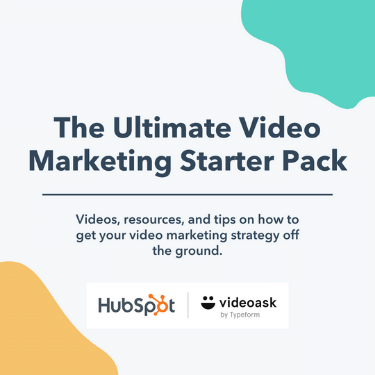
The Ultimate Video Marketing Starter Kit
Access everything you need to get started with video marketing.
- Video Script Templates
- Video Best Practices
- Example Videos
- And More!
Download Free
All fields are required.

General Video Marketing Statistics
1. 89% of businesses use video marketing. (Wyzowl Video Marketing Statistics 2025)
2. 13.99% of marketers say they’ll invest more in video marketing channels in 2025. (HubSpot 2025 State of Marketing)
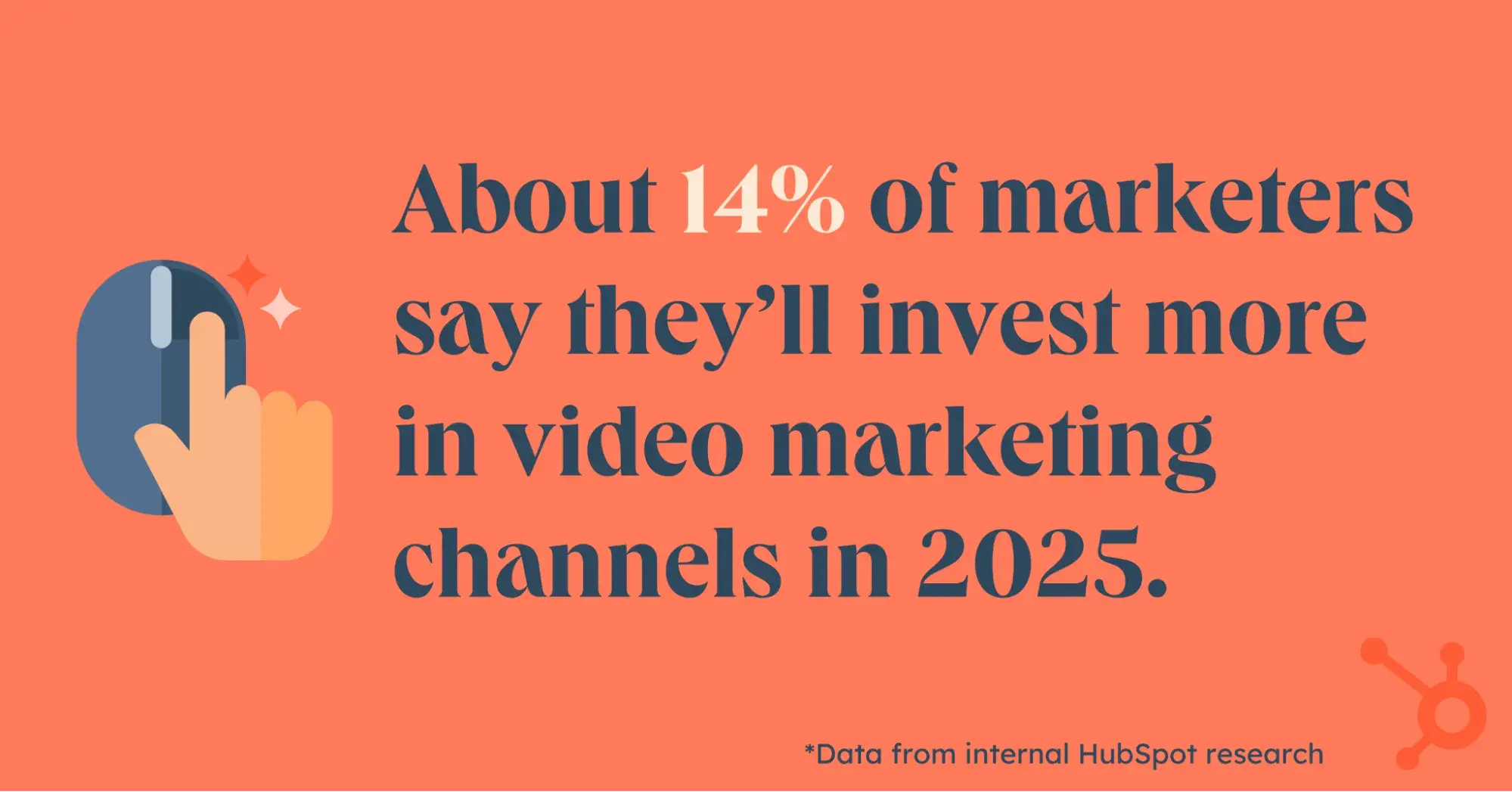
3. 93% of marketers consider video a crucial part of their overall strategy. (Wistia 2024 State of Video Report)
4. 37% of marketers say they haven‘t adopted video marketing because they don’t know where to start. Other common reasons include lack of time (26%), uncertainty about video marketing ROI (16%), perceived high costs (11%), difficulty convincing decision-makers (5%), and not seeing the need for video (5%). (Wyzowl Video Marketing Statistics 2025)
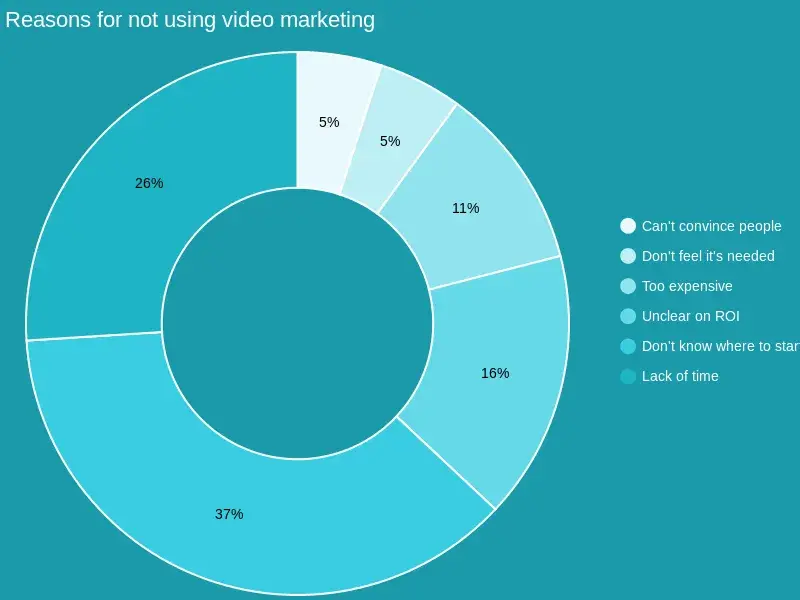
5. 65% of marketers who don’t use video marketing say they plan to start in 2025. (Wyzowl Video Marketing Statistics 2025)
6. 18% of businesses leverage AI tools for their video content production. (Wistia 2024 State of Video Report)
7. Auto-generating captions and transcripts is the top AI use case (59%) for videos. (Wistia 2024 State of Video Report)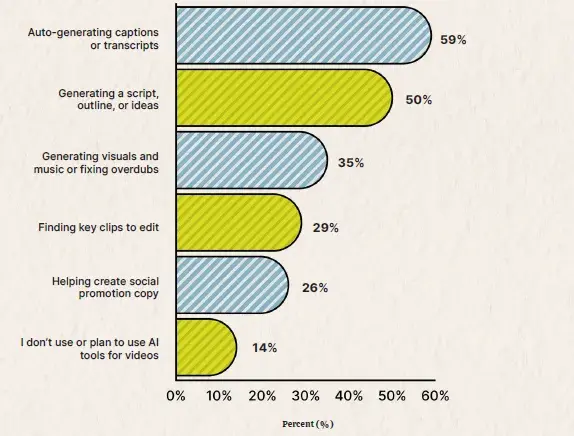
8. 254% more businesses captioned their videos in 2023 than in 2022. (Wistia 2024 State of Video Report)
9. Tech marketers create videos to explain complex products (49%), improve brand awareness (39%), branding (31%), generate leads (29%), launch a product/service (27%), increase engagement (24%), and increase conversion rates (17%) (VidCo 2024 State of Video Marketing Report)
10. 55% of marketers produce videos in-house, 14% outsource to vendors, and 31% use both. (Wyzowl Video Marketing Statistics 2025)
11. Company websites are the number one platform businesses share their video (67%). Followed by email (49%), LinkedIn (43%), YouTube (40%), Instagram (22%), Facebook (19%), TikTok (7%), and X (4%). (Wistia 2024 State of Video Report)
12. Company video marketing budgets range from under $999 to over $20,000 monthly. (VidCo 2024 State of Video Marketing Report)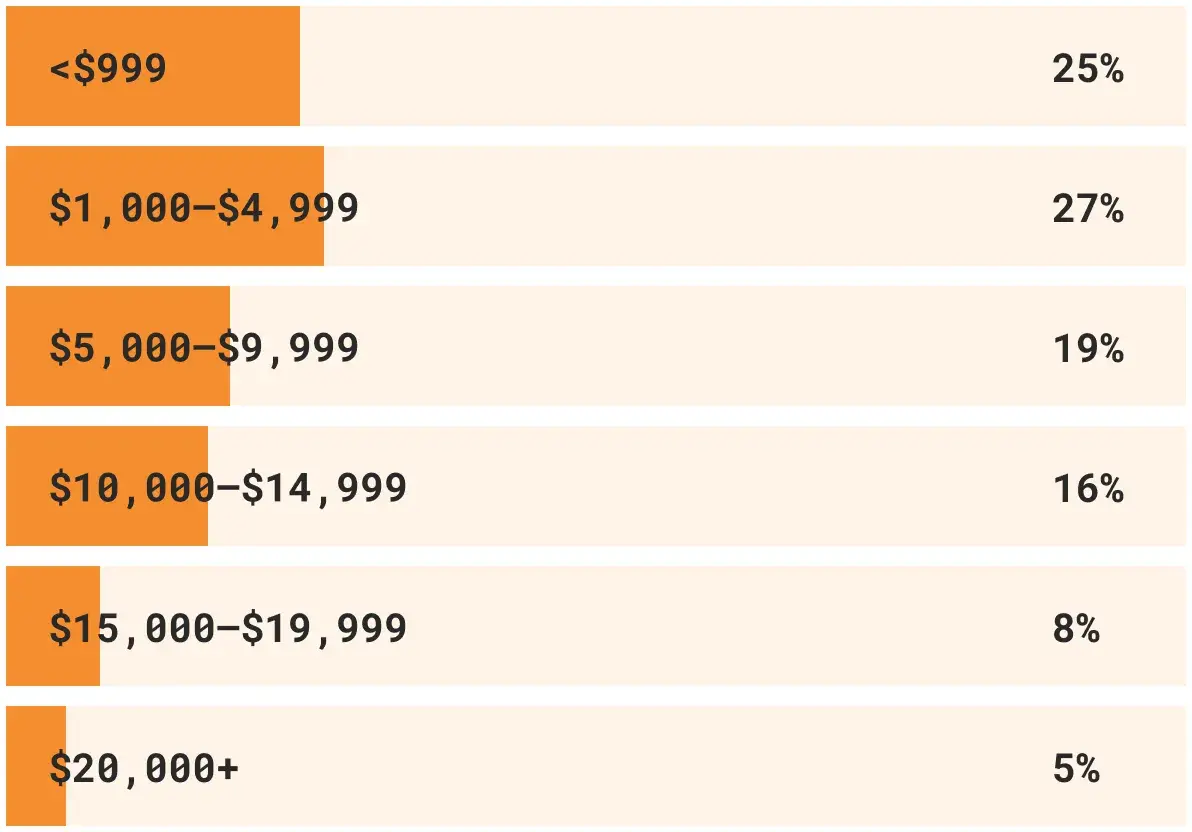
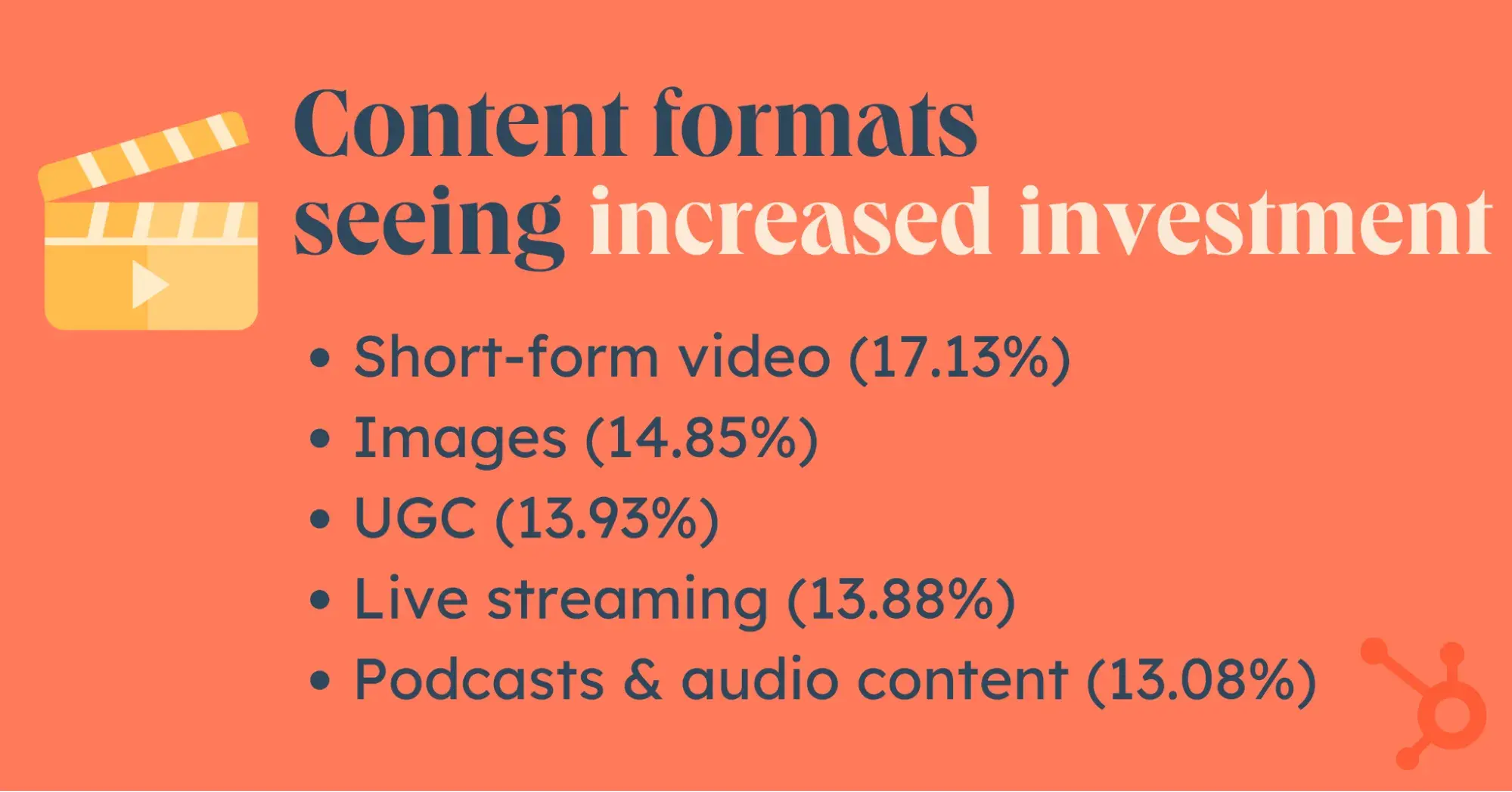
14. 51% of marketers say they've used AI tools for video creation or editing, while 49% have not. (Wyzowl Video Marketing Statistics 2025)
15. In 2024, 36% of marketers invested in video ads, while 64% relied on organic reach. (Wyzowl Video Marketing Statistics 2025)
16. U.S. businesses spent more on digital video ads ($85 billion) than on traditional TV ads ($59 billion) (Statista)
17. When asked who makes videos for your company, 62% said individuals at the company, 46% said an in-house video producer or team, 21% said freelancers, and 16% said a video production agency. (Wistia 2024 State of Video Report)
Video Marketing Performance Stats
18. 93% of marketers report a strong ROI from video marketing. (Wyzowl Video Marketing Statistics 2025)
19. 21% of marketers say short-form videos deliver the highest ROI, while live-streaming video ranks third at 15.53%. (HubSpot 2025 State of Marketing)
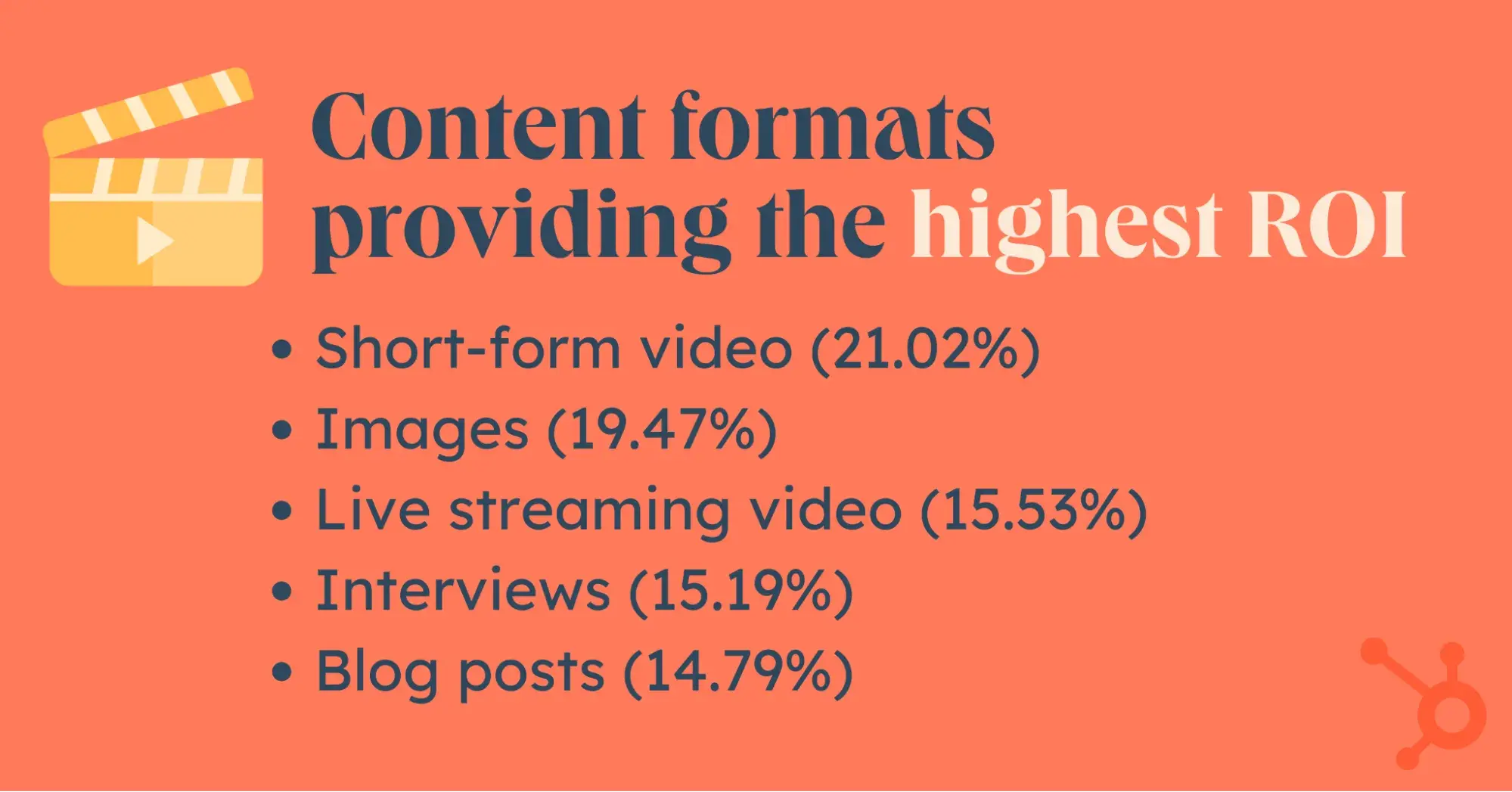
20. Shorter videos drive higher engagement, but longer videos achieve more watch time. Videos under one minute average 16 seconds of watch time, while those 60+ minutes average 16 and 40 seconds. (Wistia 2024 State of Video Report)
21. The average engagement rate for 3-5 minute videos is 43%, but how-to videos of the same length see 74% engagement. (Wistia 2024 State of Video Report)
22. 74% of companies measure video ROI using engagement metrics like views, view rate, and average watch time. 48% use conversion rates. 48% use traffic and 33% use brand perception. (VidCo 2024 State of Video Marketing Report)
23. The top three video types companies aimed to create in 2024 are product videos (44%), educational, instructional, and online course videos (38%), webinars and live events (32%). (Wistia 2024 State of Video Report)
24. Marketers ranked YouTube as the top-performing video marketing channel in 2023. In decreasing order of performance, the other channels are website, Facebook, Instagram, TikTok, LinkedIn & email, and X & television. (VidCo 2024 State of Video Marketing Report)

25. Companies A/B test videos by creating different versions of a video (31%), call-to-action (CTA) or email form (26%), two completely different videos (21%), custom thumbnail (18%), and player design or color. (4%) (Wistia 2024 State of Video Report)

The Ultimate Video Marketing Starter Kit
Access everything you need to get started with video marketing.
- Video Script Templates
- Video Best Practices
- Example Videos
- And More!
Download Free
All fields are required.

Social Media Video Marketing Stats
26. In 2023, 35% of companies created social media videos and planned to do so in 2024, making it the fourth most common video type. (Wistia 2024 State of Video Report)
27. When asked which social formats they’ll invest more in 2025, the top three responses were YouTube (29.58%), Instagram (28.84%), and TikTok (27.64%). (HubSpot 2025 State of Marketing)
28. Short-form videos, like TikTok, Instagram Reels, and YouTube Shorts, are the most commonly used video formats among marketers, with 29.18% leveraging them in their roles. Additionally, 19.19% of marketers incorporate live streaming in their content mix. (HubSpot 2025 State of Marketing)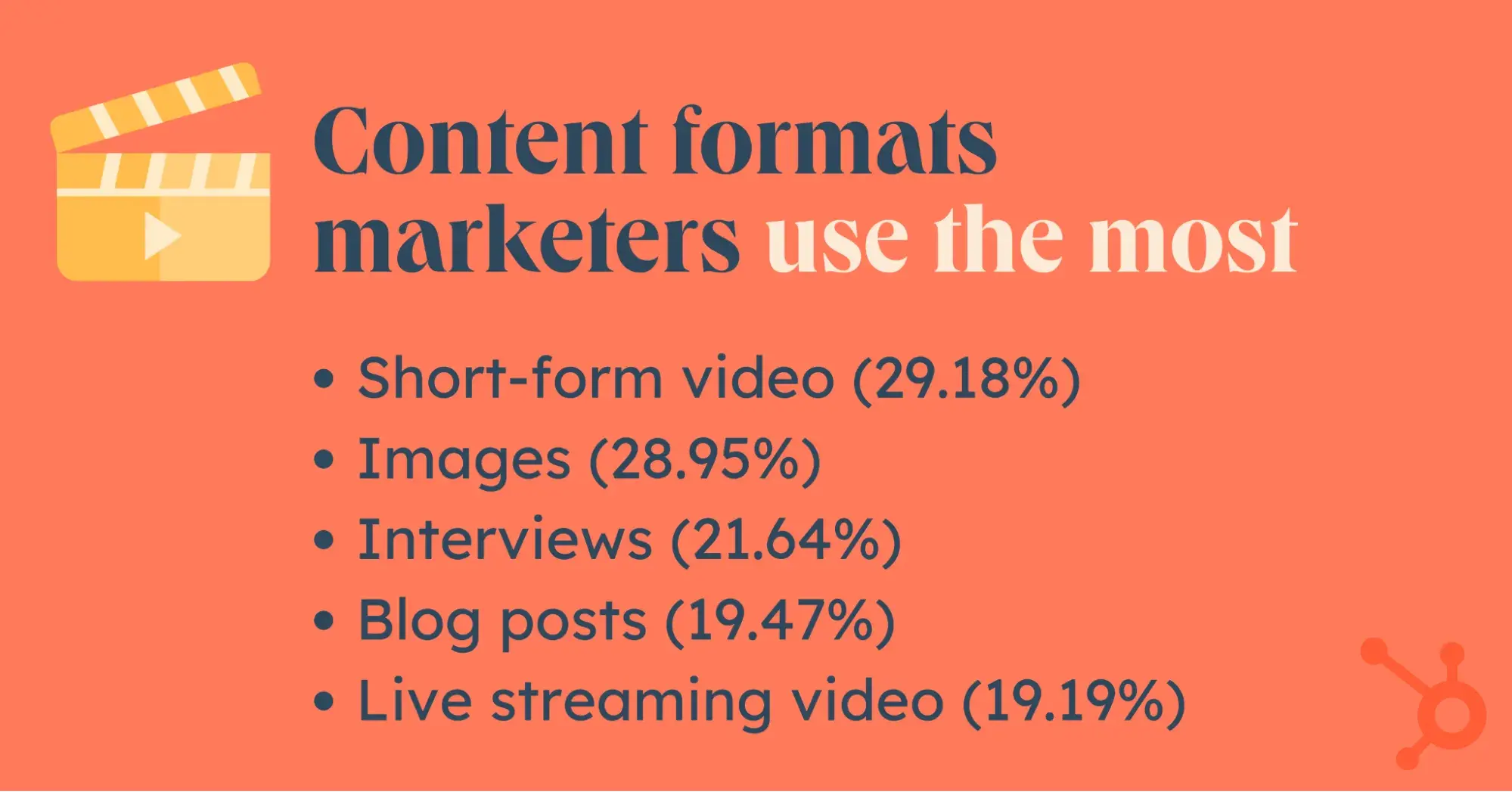
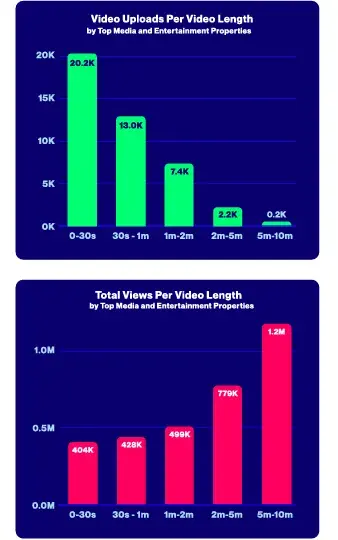
30. TikTok ad videos with captions get an extra 95% boost in brand affinity, a 58% increase in recall, and a 25% jump in uniqueness. (TikTok Creative Center)
31. 97% of LinkedIn videos are vertical. (The Reeder, 2025)
32. 78% of LinkedIn videos are shot with a smartphone, while 22% are shot using professional gadgets. (The Reeder, 2025)
33. 65% of LinkedIn in-feed videos don’t have a CTA. However, the most common CTAs are “Follow for more tips” (19%), “Check the link in my bio” (10%), and “Comment your thoughts” (6%). (The Reeder, 2025)
34. According to the Wistia 2024 State of Video Report, the best times to post on social media are:- Instagram – Monday at 9 AM PST.
- Facebook – Monday at 10 AM PST.
- LinkedIn – Monday at 1 PM PST.
- X – Friday at 9 AM PST.
- YouTube – Saturday at 7 PM PST.
YouTube Shorts Marketing Stats
35. Alphabet Inc, YouTube’s parent company, reports that Shorts' monetization rate relative to in-stream viewing has more than doubled in the past 12 months, indicating that advertisers are allocating more budget to Shorts. (Alphabet 2024 Q1 Earnings Call)
36. Shorts had an engagement rate of 5.91% in Q1 2024 — the highest of all short-form video platforms (Statista)
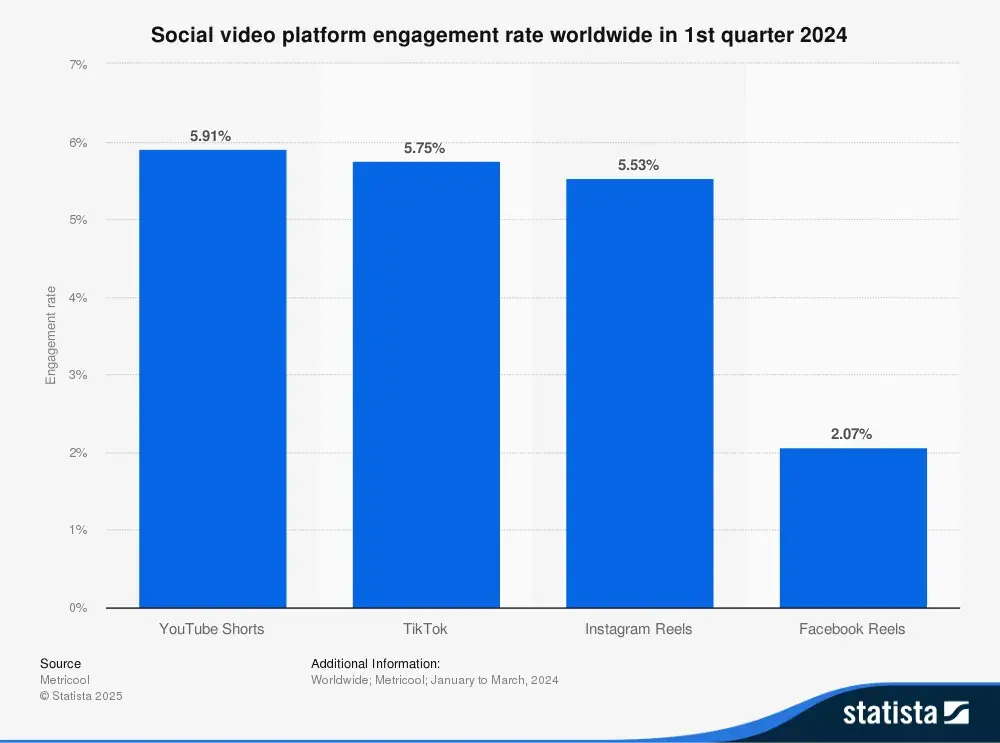
37. YouTube Shorts average over 70 billion daily views. (Alphabet Q3 Earnings Call)
38. Shorts had an average of 2 billion monthly viewers as of July 2023. (Statista)
39. 70% of YouTube channels that upload content each month post Shorts. (Alphabet Q3 Earnings Call)
40. The number of channels uploading Shorts grew 50% year-on-year in 2023. (Alphabet 2024 Q1 Earnings Call)
41. Since October 15, 2024, YouTube has allowed users to upload 3-minute long Shorts (Alphabet Q3 Earnings Call)
42. Advertisers (in up to 40 markets) can now book First Position on YouTube Shorts, meaning your ads get shown first when consumers scroll their Shorts feed. (Alphabet Q3 Earnings Call)
43. Most Shorts are 30-40 seconds long. However, 50-60 seconds Shorts get the most views. (INFLOW Network)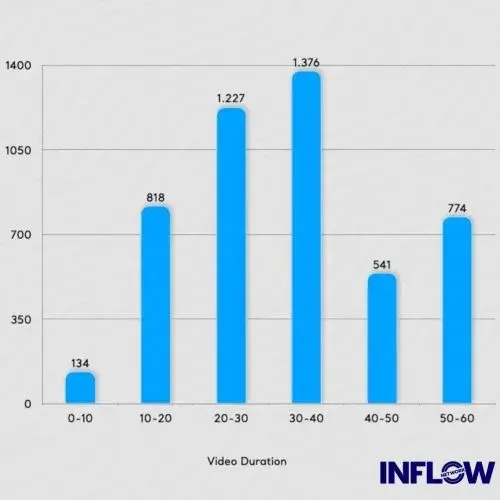
44. Videos with an average watch time of 50 seconds or more get 4.1 million views, whereas those with lower watch times tend to receive fewer views. (INFLOW Network)
45. GenZ consumers in the U.S. spent about 29.3% of their video time on YouTube in 2023. (Statista)
My Takeaways
The most important takeaway while working on this piece is the reminder that video marketing doesn’t have to be expensive. According to the VidCo 2024 State of Video Marketing Report, most companies have a budget of less than $5,000.
While content assets like customer case studies may require a professional touch, your in-house team can create other basic videos with their smartphones.
If you aren’t already using video marketing, create your strategy, pull out your phone, and start smiling for the camera. And if you already do video marketing, use the insights in this article to audit and improve your marketing strategy in 2025.
Editor's note: This post was originally published in August 2015 and has been updated for comprehensiveness.

The Ultimate Video Marketing Starter Kit
Access everything you need to get started with video marketing.
- Video Script Templates
- Video Best Practices
- Example Videos
- And More!
Download Free
All fields are required.

Video Marketing



![The best social media platforms for video content in 2025 [consumer data]](https://www.hubspot.com/hubfs/img-1-20250516-9399498.webp)



![3 Short-Form Video Trends Marketers Should Watch in 2025 [New Data]](https://knowledge.hubspot.com/hubfs/ft-short-form-video-trends.webp)
![Are In-Stream Video Ads Worth the Investment? [Benefits & Best Practices for Marketers]](https://www.hubspot.com/hubfs/in-stream-video-ads-1-20250314-6407067.webp)
![Why You Should Leverage Interactive Videos [Data from 500+ Marketers]](https://www.hubspot.com/hubfs/interactive-video-1-20250216-406926.webp)

![Silent But Mighty: How Soundless Videos Are Winning Social Media [+ 2025 Data]](https://www.hubspot.com/hubfs/Soundless%20Videos%20We%20Love.png)